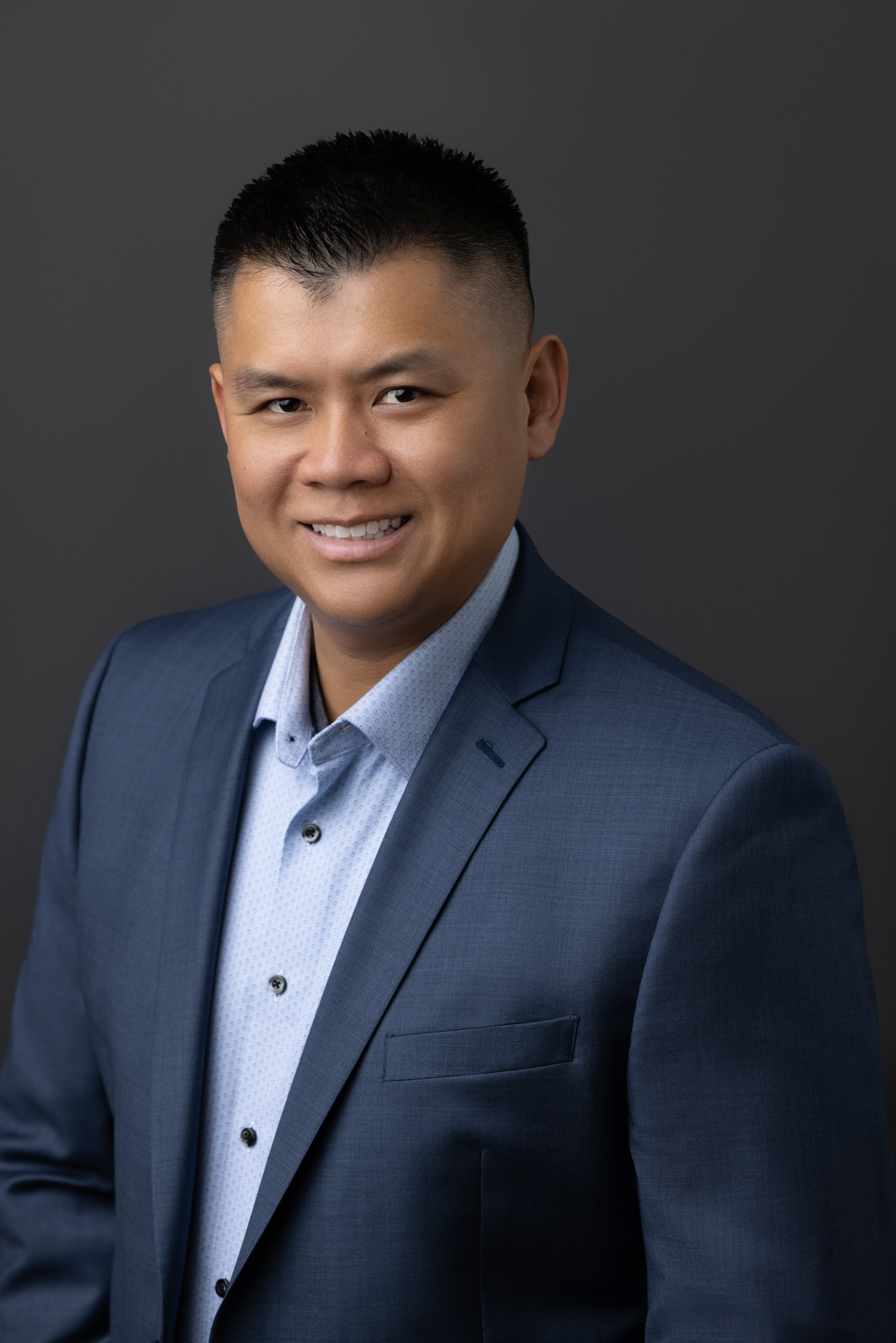Before Total Shoulder Replacement Surgery
Once you’ve decided to move forward with total shoulder replacement surgery, it is important to take some steps to prepare your body and home. During the weeks leading up to the surgery:
- Speak with your doctor about any medications that will need to be adjusted or stopped before the procedure.
- Ask about any preoperative tests that may be required.
- Ask your doctor for advice and instructions about caring for yourself before the surgery.
- Arrange to have a relative or friend take you home from the hospital after the procedure.
- Gather the necessary items, such as ice packs, bandages, pillows, and slings that may be needed during recovery.
Recovery Timeline and Expectations
The recovery timeline after total shoulder replacement surgery will vary for each individual. Most people can expect to:
- Have some pain and discomfort in the first few days or weeks. Your doctor may prescribe medications to help manage your pain.
- Wear a sling or support device for several weeks, as instructed by your doctor. This helps to protect the shoulder joint.
- Follow physical therapy instructions carefully to ensure a successful recovery. In most cases, you will begin physical therapy soon after the surgery.
- Gradually increase activities as instructed, such as walking and light housework.
- Return to work when ready, usually after 6 to 8 weeks of recovery time.
- Avoid rigorous activities or sports that may put too much strain on the shoulder.
Pain Management After Surgery
Managing pain after total shoulder replacement surgery is critical for a successful recovery. Pain medications may be prescribed to help control the discomfort. Over-the-counter medications, such as ibuprofen, can also provide relief. Cold or hot compresses can help reduce swelling and inflammation around the joint. Other tips include:
- Take your time when getting up from a seated or lying position.
- Keep the shoulder elevated when resting or sleeping.
- Avoid activities that cause pain or discomfort.
- Pace yourself and take regular breaks throughout the day.
Long-Term Care After Surgery
Once you have recovered from total shoulder replacement surgery, it is important to maintain good care of your new joint. There are some simple steps you can take to ensure the best long-term outcome:
- Follow your doctor’s instructions on exercises and activity levels.
- Maintain a healthy weight to reduce stress on the shoulder joint.
- Avoid lifting heavy objects or engaging in rigorous activities that could cause damage to the new joint.
- Wear a protective device, such as a sling or brace, when engaging in strenuous activities.
- Follow up with your doctor regularly for check-ups.
Total shoulder replacement surgery can help restore movement and reduce pain in the shoulder joint. With proper care after surgery, most people can expect to return to normal activities within 6 to 8 weeks. It is important to follow instructions carefully and take steps to manage pain, protect the joint, and maintain good health for long-term success.
Exercises to Improve Range of Motion
Range of motion exercises can help to improve flexibility and strength in the shoulder joint after total shoulder replacement surgery. Exercises should be done slowly and with caution, following the instructions of your doctor or physical therapist. Some examples include:
- Pendulum: Stand up straight and let the arm hang down by your side while swinging it lightly in a circular motion.
- Shoulder Shrugs: Stand up straight and raise the shoulders towards the ears, then relax them back down.
- Arm Circles: Extend your arms out to the side with palms facing forward. Slowly make circles with the arms in a clockwise direction for 30 seconds, then reverse and repeat.
- Wall Climbing: Stand facing a wall and extend the arm up to shoulder level. Move your fingers in a “climbing” motion up the wall for two minutes, then repeat on the other side.
These exercises should be done regularly as instructed by your doctor or physical therapist. Follow all instructions carefully to ensure proper healing and recovery after total shoulder replacement surgery.
With proper care and guidance, total shoulder replacement surgery can lead to improved movement and reduced pain in the shoulder joint. It is important to prepare for the procedure, follow instructions during recovery, manage pain safely, and maintain good health after the surgery.
Be sure to speak with your doctor if you have any questions or concerns about total shoulder replacement surgery.
Avoiding Re-injury and Staying Safe
After total shoulder replacement surgery, it is important to avoid activities that can cause re-injury or damage to the new joint. Some safety tips include:
- Wear a protective device, such as a sling or brace, when engaging in strenuous activities.
- Avoid lifting heavy objects or engaging in rigorous activities that could cause damage to the new joint.
- Pace yourself and take regular breaks throughout the day.
- Follow your doctor’s instructions on exercises and activity levels.
By taking proper precautions and following directions from your doctor, you can reduce your risk of re-injury after total shoulder replacement surgery. With careful planning and preparation, you can look forward to improved movement and reduced pain in your shoulder joint.
If you are considering total shoulder replacement surgery, it is important to speak with your doctor about the risks and benefits of the procedure. Your doctor can help you decide if total shoulder replacement surgery is right for you, and provide guidance on preparing for the procedure and recovering afterward.
With proper care before, during, and after the surgery, most people can look forward to improved movement and reduced pain in their shoulder joint after total shoulder replacement surgery.
Tips for Adapting Everyday Activities
After total shoulder replacement surgery, you may need to make some changes to your everyday activities. Here are some for adapting your lifestyle:
- Ask for help with that put strain on the shoulder joint.
- Buy items that are easier to use with one arm, such as jar openers and long-handled sponges.
- Use a reacher tool to pick up items from the floor.
- Avoid carrying heavy items by breaking them down into smaller loads or using a bag or basket with wheels.
- Utilize special aids designed for people who have a limited range of motion in the shoulder joint, such as limited range of motion in their arms, such as shoe horns or zipper pulls.
By making small adjustments, you can continue to do many of your normal activities after total shoulder replacement surgery. Taking care to prevent re-injury and protect the new joint is essential for successful recovery.
Total shoulder replacement surgery can lead to improved movement and reduced pain in the shoulder joint. With proper planning before the procedure, following instructions during recovery, managing pain effectively, maintaining good health, and adapting everyday activities as needed, most people can enjoy a full return to their daily routines within 6-8 weeks after total shoulder replacement surgery.
Speak with your orthopedic doctor if you have any questions or concerns about this procedure.
It is important to follow all instructions carefully and take steps to manage pain, protect the joint, and maintain good health for long-term success.
Working with a Physical Therapist for Shoulder Replacement Therapy
Working with a physical therapist is an important part of the recovery process after total shoulder replacement surgery. A physical therapist can help you develop an exercise program tailored to your needs and provide guidance on safely returning to normal activities.
They may also suggest lifestyle modifications, such as changing how you sleep or perform certain tasks, that can reduce stress and strain on the shoulder joint.
By working with a physical therapist, you can get the most out of your recovery after total shoulder replacement surgery. Your physical therapist will monitor your progress and make any necessary adjustments to ensure successful healing and an optimal outcome.
With proper care before, during, and after the procedure, total shoulder replacement surgery can lead to improved movement and reduced pain in the joint. It is essential to follow all instructions from your doctor or physical therapist and take steps to manage pain, protect the joint, and maintain good health for long-term success.






